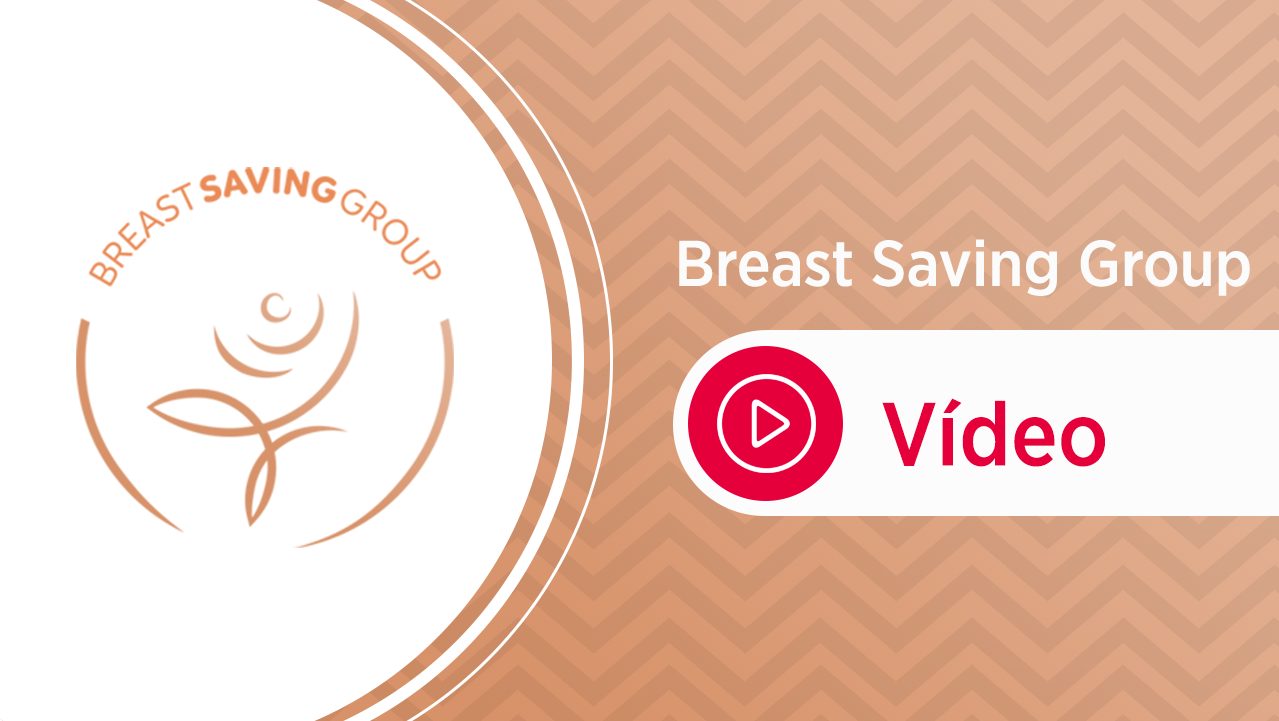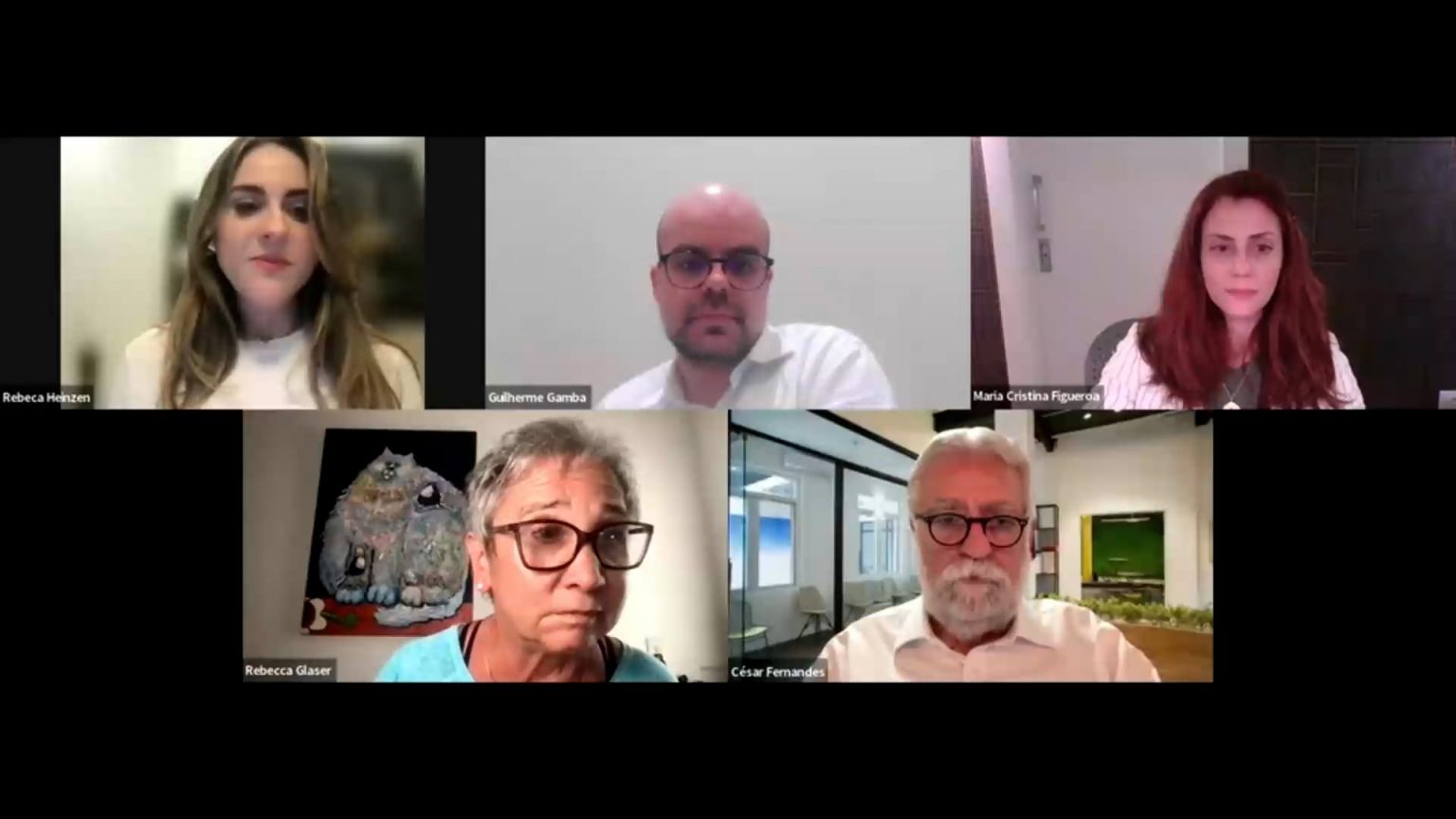Artigo
Iodine Seed−Marking Protocol for Response-Guided Axillary TreatmentAfter Systemic Therapy for Node-Positive Breast Cancer
ABSTRACT
IMPORTANCE Most patients with clinically node-positive (cN+) breast cancer receive primary
systemic treatment (PST) followed by axillary lymph node dissection (ALND) and/or
locoregional radiation (RT). The necessity of axillary treatment in patients achieving nodal
pathologic complete response (pCR) after PST remains uncertain.
OBJECTIVE To assess oncologic outcomes of response-guided axillary treatment determined
by marking the axillary lymph node with a radioactive iodine seed (MARI) in patients with cN+
breast cancer who experience pCR after PST.
DESIGN, SETTING, AND PARTICIPANTS This cohort studywas conducted at a single center
including patients with breast cancer with 3 or fewer axillary lymph nodes on
fluorodeoxyglucose positron emission tomography−computed tomography who were
treated according to the MARI protocol from July 2014 to December 2021. Patients with
intramammary or periclavicular lymph node involvement were excluded. Median (IQR)
follow-up was 49 (32-70) months. Data were analyzed from March to June 2025.
EXPOSURE After PST, the MARI-marked lymph node was excised. Patients with pCR of the
MARI node (ypN0) received no further axillary treatment, whereas patients with residual
disease (ypN+) received locoregional radiation therapy.
MAIN OUTCOMES AND MEASURES The primary outcome measurewas axillary recurrence rate.
The secondary outcome measures were 5-year invasive disease-free survival (iDFS) and
overall survival (OS).
RESULTS In total, 350 patients (median [IQR] age, 49 [41-56] years) were included and
analyzed; of these, 135 (39%) had ypN0 and received no further axillary treatment. The
remaining 215 patients with ypN+ (61%) received RT. After a median (IQR) follow-up of 49
(32-70) months, axillary recurrence rate was 0.7%(n = 1; 95%CI, 0.04%-4.1%) in patients
with ypN0 and 2.3%(n = 7; 95%CI, 1.0%-5.3%) in patients with ypN+. In patients with ypN0,
the 5-year iDFS was 93%(95%CI, 88%-98%) and the OS was 98%(95%CI, 95%-100%);
in patients with ypN+, iDFS was 87%(95%CI, 82%-93%) and OS, 93%(95%CI, 89%-97%).
CONCLUSIONS AND RELEVANCE This cohort study found that response-guided axillary
treatment, using the MARI protocol, in patients with limited nodal disease who received PST
was associated with a very low risk of axillary recurrence and should be considered to protect
patients from axillary overtreatment.
Compartilhar em:
Comentários
Cursos Relacionados
0
Conteúdos Relacionados
Comentários
Deixe um comentário Cancelar resposta
Você precisa fazer o login para publicar um comentário.












